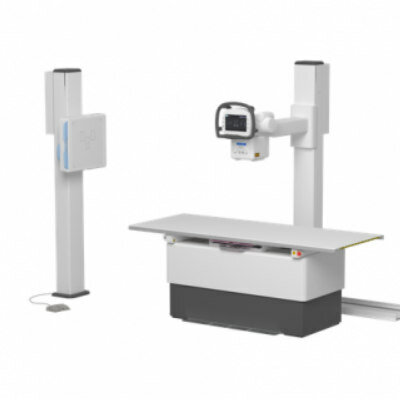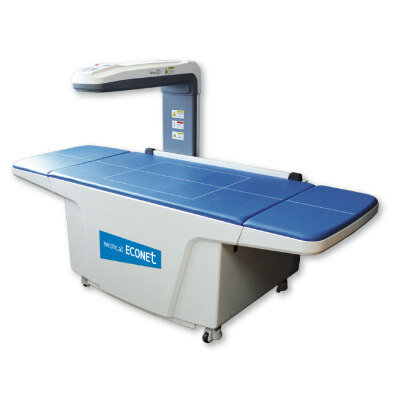Clinical and Imaging Evaluation of Urinary Tract Infection in the Newborn
By MedImaging staff writers
Posted on 11 Mar 2008
Spanish researchers recently evaluated the clinical characteristics and results of radiographic imaging studies and compared them to community-acquired urinary tract infections (UTIs), and concluded that bacterial biology as well as the child's immunology play pivotal roles in the development of upper urinary tract infections.Posted on 11 Mar 2008
The study was comprised of 301 neonates with a diagnosis of UTI admitted to 28 different neonatal units over a three-year period. The study, performed by investigators from the department of pediatrics, Hospital Universitario Central de Asturias (Oviedo Asturias, Spain), had 250 neonates with community-acquired urinary tract infections and 51 neonates with nosocomial urinary tract infections. The UTI was diagnosed in the presence of symptoms of infection including fever together with any colony growth for a single pathogen from urine obtained by suprapubic aspiration, or 104 colony-forming units per ml for a single pathogen from urine obtained by urethral catheterization.
The study showed that abnormal renal bladder ultrasound scans were present in 37.1% of cases. Overall, 34% of the community-acquired UTI neonates had abnormal ultrasound scans and 54.5% in the nosocomial group had abnormal ultrasound scans. A voiding cystourethrography (VCUG) showed vesicoureteral reflux in 27% of the cases overall. The community-acquired UTI neonates had 23.8% whereas the nosocomial had 48.6%. Both the p values were less than 0.01 for the differences between the two groups just mentioned.
Interestingly, patients with abnormal renal ultrasound and vesicotueral reflux had dimercaptosuccinic acid (DMSA) scans performed. This was done early after urinary tract infections and revealed cortical defects in 69.5% of all the cases. Even more interesting, patients with abnormal renal ultrasounds and normal VCUG studies had a DMSA scan that revealed cortical defects in 39% of cases. The group concluded that the absence of vesicotueral reflux in neonates with UTIs and abnormal renal ultrasound results does not exclude the presence of cortical defects suggestive of pyelonephritis as seen on the DMSA scans.
This study solidifies that upper urinary tract infections are not all due to vesicotueral reflux. Although reflux may have an impact on seating the upper urinary tract, bacterial biology as well as the child's immunology play key roles in the development of upper UTIs.
The study was published in the October 2007 issue of the journal Pediatric Nephrology.
Related Links:
Hospital Universitario Central de Asturias














